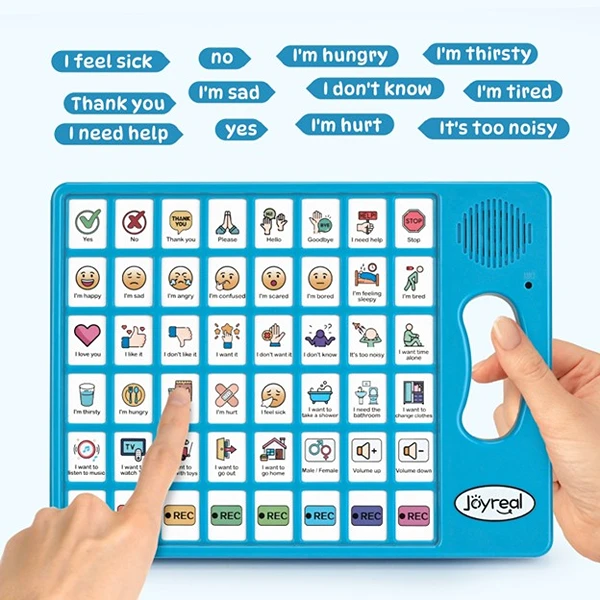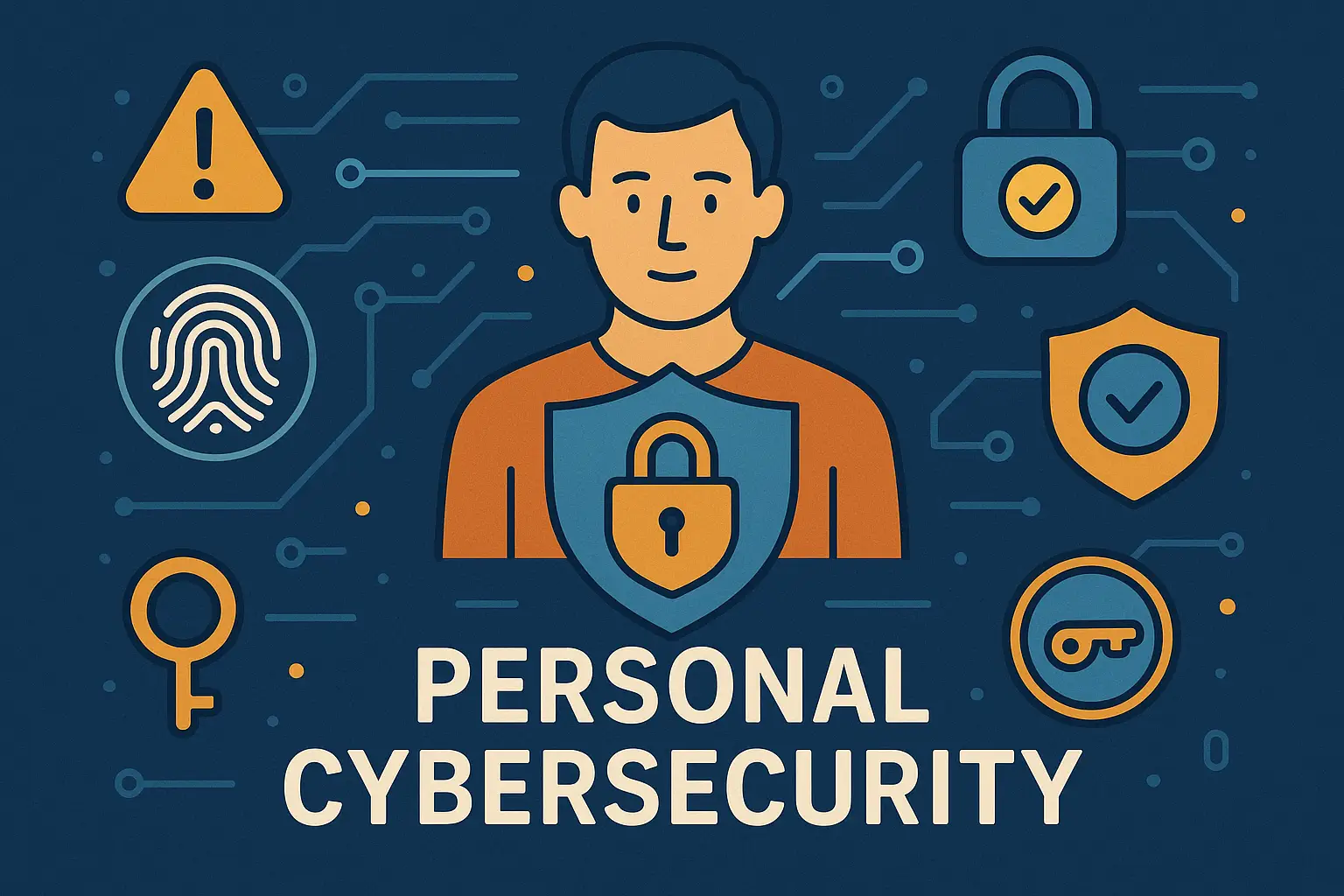Supporting Nonverbal Children with Autism: Building Communication at School and Home
To nonverbal children with autism, communication may at times seem like a barrier that isolates them from the world in which they live. These barriers can be turned into bridges, though with the right support. Educators and parents are very instrumental in creating two of the most significant settings in the development of a child, namely, the classroom and the home.
Through collaborative efforts and the availability of tools like AAC devices for autism and other supportive tools like autism sensory toys, children will be able to explore new forms of expression, develop confidence, and feel heard.
How Teachers Can Support Nonverbal Children in the Classroom
Teachers can easily pick up when the child is having a problem communicating. Although verbal expression can be restricted, nonverbal students can certainly succeed both academically and socially when given specific strategies that are designed and aimed at them.
Apply AAC Devices to everyday activities
The use of AACs to address autism in a classroom setting enables the nonverbal students to engage in discussion activities, respond to questions, and share their preferences. Technology such as the Joyreal AAC allows teachers to be able to involve all kids in the learning process.
Pictorial Support and Organization
Picture cards, AAC Visualized speech expression, and visual schedules can be used to allow children to keep up with the flow, as well as lessen anxiety in the classroom. These instruments are predictable and lead to a better understanding.
Pair with Sensory Tools
Autism sensory items like fidget spinners, textured balls, or weighted lap pads are popular among many children during the lesson. These aids are used in controlling sensory requirements and enhancing concentration, thus children can easily use their communication gadgets.
Customized Communications
Since the Joyreal AAC has an option of custom recording, teachers are able to save classroom specific phrases (such as I need help or I finished my work), thereby making communication instant and relevant.

How Parents Can Strengthen Communication at Home
Children are most secure at home, and the role of parents in reinforcing learning in the classroom is essential. Communication can be incorporated into daily activities by parents in an approachable way:
Provide Uncontrived Natural Openings
Make your child use their device at meal time, as they play or as they select activities. This will make them view communication as a way of life.
Customize with Well-known Voices
The Joyreal AAC gives parents the opportunity to record some customised messages in their own voices that are familiar and comforting to the child. Connection can be further enhanced by the parent saying the words I love you.
Bring together Play and Communication
Communication devices for autism can also be paired with autism sensory toys to make the learning more interesting. An example is that a child can use the device to order a certain toy to make playtime an enjoyable communication experience.
Empower Self-Expression
Having several voice choices, children have an opportunity to use a voice that would be comfortable to them. This creates autonomy and helps in self-identification even at early stages of communication.
Make It Fun and Engaging
Learning is transformed into play through the child-friendly design of AAC communication devices. Easy-to-see graphics and appealing colors will decrease the resistance, as children will become more willing to play with the device.
Working Together: The Classroom and Home Connection
Children are exposed to congruence, whereby the same approach is used by their teachers and parents. With the help of affordable and easy to use devices such as Joyreal AAC devices for autism, school and home can be safe places where nonverbal children will be listened to and empowered.
Combined, these efforts benefit children:
- Develop self-confidence in communication.
- Have a better sense of belonging whenever with peers and family.
- Get used to breaking through communication obstacles.
- Learn to your advantage with assistive devices, such as AAC equipment or autism sensory toys.
Conclusion
Every child deserves a voice. In the case of nonverbal children with autism, making the classroom and home communication one is the key to unlocking the potential in these children. With the help of the supportive teaching techniques, involved parenting, and the application of such devices as the AAC communication devices, as well as the sensory supports such as autism sensory toys, we will make sure that each child will be heard, respected, and integrated.
Discover ways to make your child or students communicate more successfully and happily with the help of AAC devices such as Joyreal AAC.










